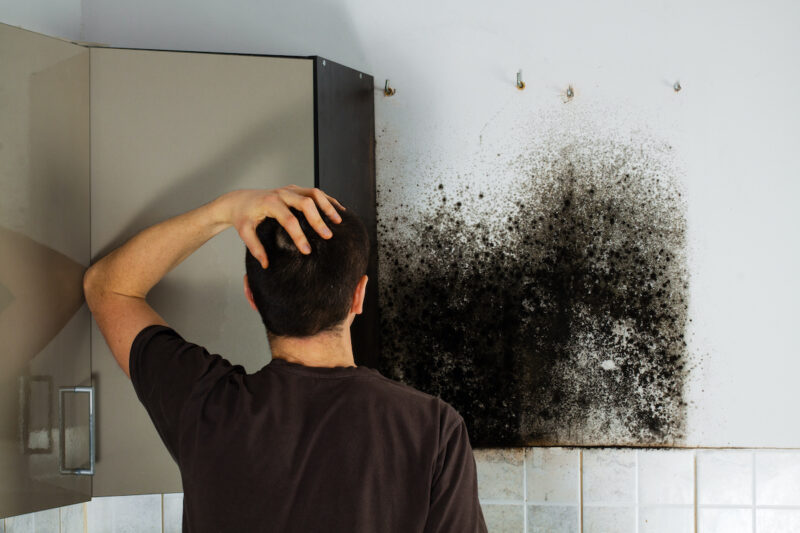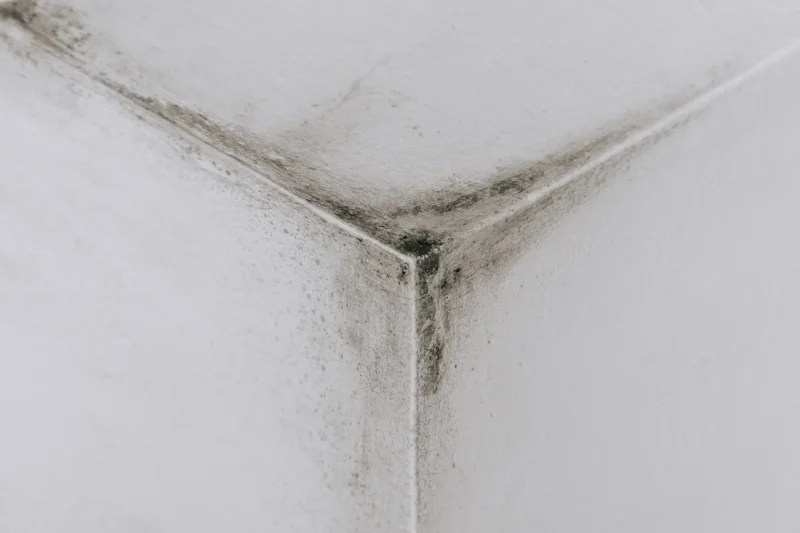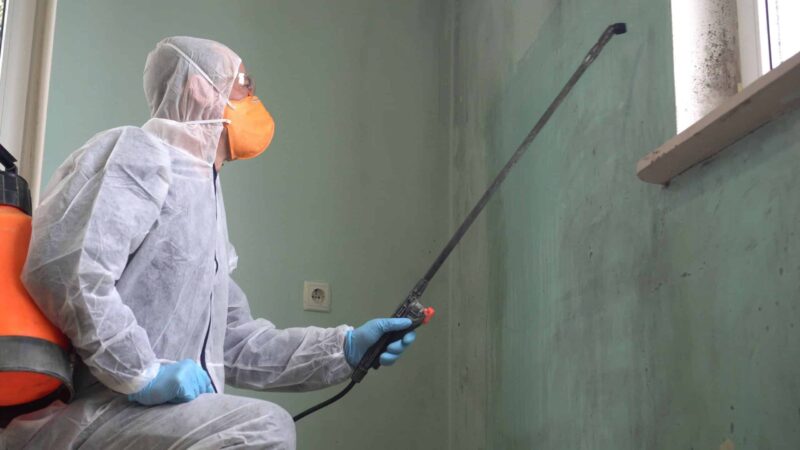Mold, a tiny organism that thrives in moist environments, can silently invade our homes and pose significant health risks. Early detection is not just about preventing an eyesore; it’s about safeguarding your well-being and maintaining the integrity of your living space.
The problem often lurks in hidden corners, beneath wallpaper, or within damp basements, where it can propagate without notice. Recognizing the signs of mold before it spreads can make the difference between a simple cleanup and an extensive, costly remediation project.
In this guide, we will explore practical strategies for identifying mold in its early stages, offering tools and tips that can empower you to take control of your environment and protect your health. Whether you’re a seasoned homeowner or a first-time renter, being proactive in mold detection is key to fostering a safe and comfortable home.
Signs of Mold Growth: What to Look For

When it comes to identifying signs of mold growth, a keen eye can make all the difference. First and foremost, any unusual discoloration on walls, ceilings, or floors should raise a red flag; mold can appear in a spectrum of colors, from green and black to white and even orange.
But it’s not just about what you see; pay attention to musty odors that linger in the air, as they often signal hidden colonies thriving in damp, dark corners. In bathrooms and kitchens, check for condensation, water stains, or peeling paint—these are symptoms that moisture is wreaking havoc.
If you notice any unexplained increases in allergic reactions, respiratory issues, or fatigue among your household, consider the possibility that mold may be the culprit. Lastly, areas where water has been present, whether from a leak, flooding, or high humidity, warrant a thorough inspection; mold loves to take root where moisture is a constant companion.
Be vigilant and proactive to prevent a minor nuisance from blossoming into a full-blown crisis.
Using Tools and Equipment for Mold Detection

Detecting mold early is paramount, and utilizing the right tools and equipment can make all the difference. From moisture meters that measure humidity levels in walls to infrared cameras that reveal hidden water damage, these instruments provide a thorough understanding of your environment.
A simple visual inspection may miss what lies beneath surfaces, but an air quality test can reveal spores lurking in the atmosphere, invisible to the naked eye. Consider incorporating portable samplers, which can capture air samples for laboratory analysis, giving you concrete data on the presence of mold in your home or workspace.
Armed with these tools, you can act swiftly, ensuring that a minor issue doesn’t spiral into a major problem that compromises health and property alike. In essence, investing in mold detection equipment not only enhances your vigilance but also empowers you to take proactive measures before mold becomes a costly and persistent adversary.
When to Call a Professional: Assessing the Situation

When determining whether to call a professional for mold inspection and remediation, assessing the situation critically is essential. If you notice a persistent musty odor that lingers despite your cleaning efforts, it could be a sign of hidden mold growth.
Additionally, visible patches of mold, particularly if they’re larger than a square foot or appear in problematic areas like bathrooms or crawlspaces, warrant immediate attention. Don’t overlook the severity of water damage, such as leaks or flooding; these conditions can exacerbate mold issues rapidly.
If anyone in your household experiences unexplained respiratory issues, allergic reactions, or other health problems, it may be time to involve an expert. Ultimately, if the situation feels overwhelming or beyond your expertise, trusting a professional can save you from potential health hazards and costly repairs down the road.
Conclusion
In conclusion, detecting mold early is essential for maintaining a healthy living environment and preventing extensive damage to your property. Regular visual inspections, monitoring for moisture, and being vigilant about any unusual odors are key preventative measures homeowners can take.
In cases where suspicion arises or if you want a thorough assessment, enlisting the expertise of a Mold Inspection Company can provide peace of mind. By taking proactive steps to identify potential mold issues before they escalate, you can safeguard your home and well-being, ensuring a safe and comfortable space for you and your loved ones.


